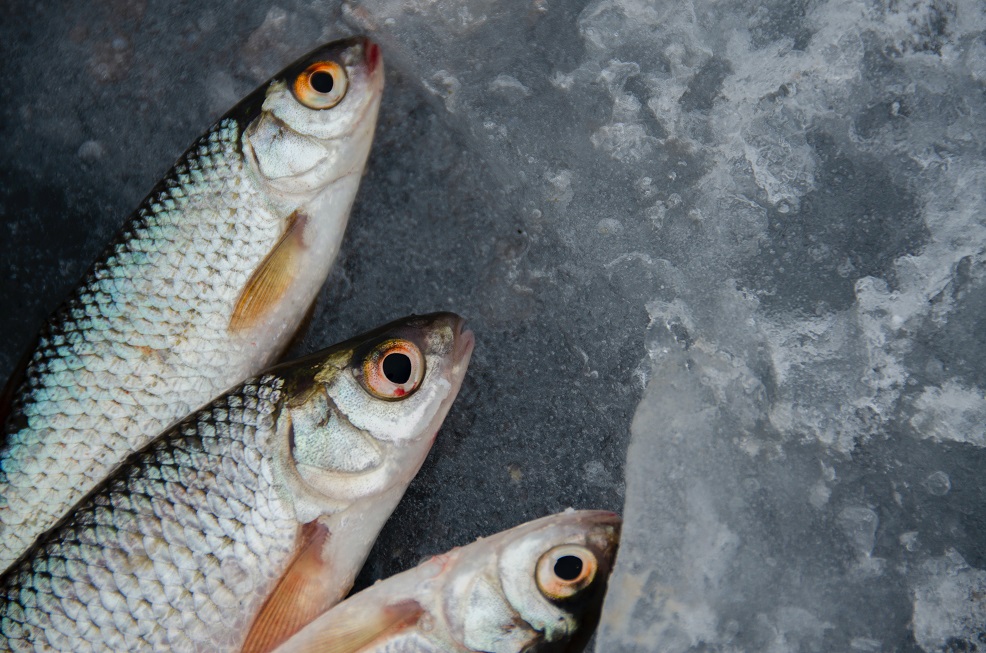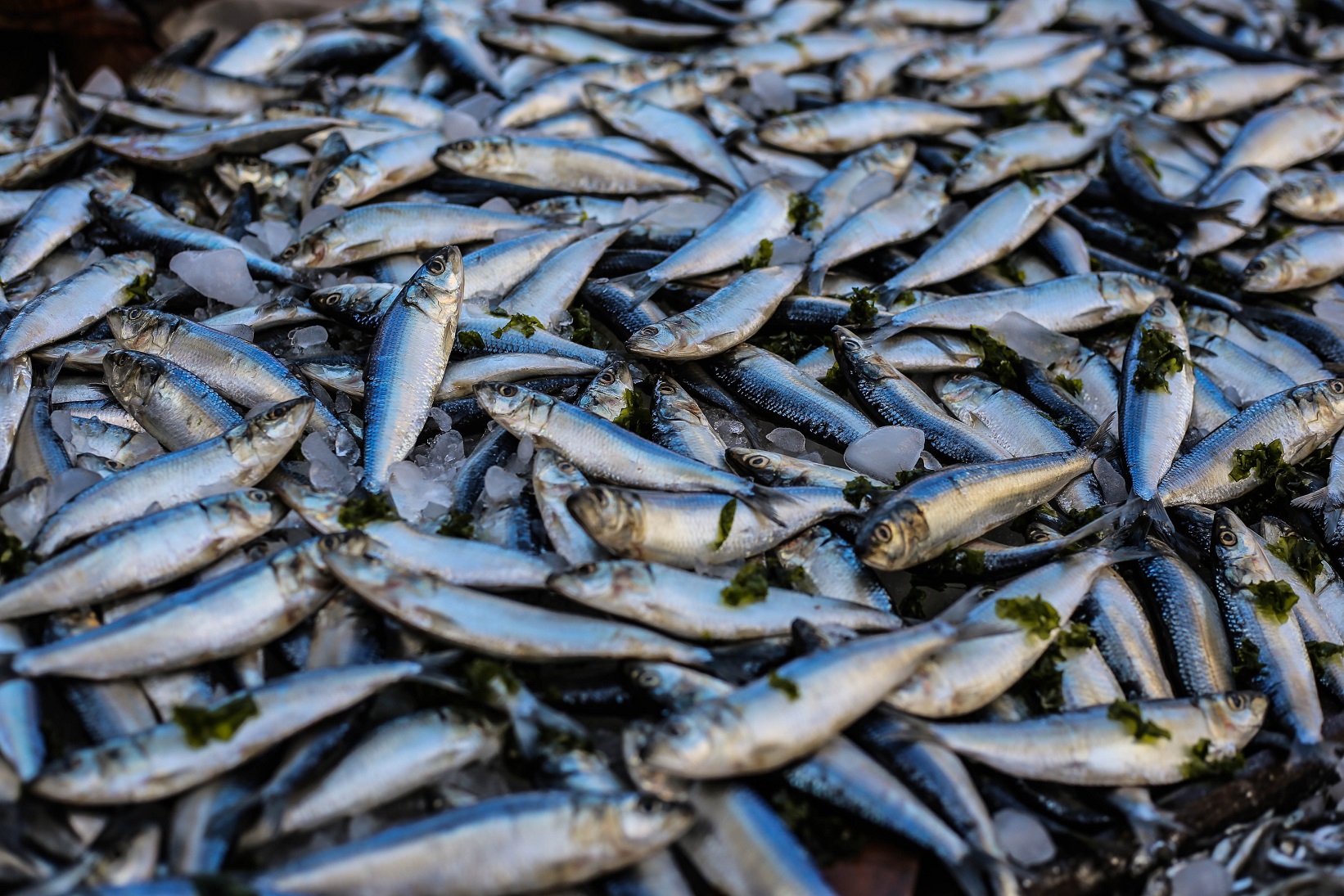Researchers warn mercury found in fish can lead to melanoma.
Eating seafood, particularly certain types of fish, and including fish oil in one’s diet, is generally considered healthy and a good source of vitamins and protein. There is a wealth of information supporting the ingestion of fish as part of a healthy diet. There is far less information available, however, on the potentially negative impact of doing so. Now, a new Brown University study published in the journal Cancer Causes and Control suggests that a diet consisting of a high consumption of fish could be linked to the development of melanoma (skin cancer). Researchers believe the the cause could be the amount of mercury that tends to be in seafood.
“This study is important because it’s very large and it’s prospective by design, meaning that fish intake was assessed before the development of cancer,” said author Eunyoung Cho, an associate professor of dermatology and epidemiology at Brown University. “Mercury consumption in the U.S. is mostly from fish. So, if mercury is related to skin cancer, then it stands to reason that fish intake may be related, too.”

The team discovered that “compared to those whose median daily fish intake was 3.2 grams (.11 ounces), those whose median daily intake was 42.8 grams (1.5 ounces) had a 22% higher risk of malignant melanoma and a 28% increased risk of developing abnormal cells in the outer layer of the skin only – known as stage 0 cancer or melanoma in situ. A serving size of cooked fish is approximately 140-170 grams (5-6 ounces); a can of tuna is 142 grams (5 ounces).”
In order to look at the potential for a causal relationship between eating fish and developing skin cancer, the authors reviewed data collected from “491,367 adults who were recruited from across the U.S. to the National Cancer Institute’s NIH-AARP Diet and Health Study between 1995 and 1996. Participants, who were 62 years old on average, reported how frequently they ate fried fish, non-fried fish and tuna during the previous year, as well as their portion sizes,” according to the paper.
During the study period,” 5,034 participants (1%) developed malignant melanoma and 3,284 (0.7%) developed stage 0 melanoma” they reported. Furthermore, eating high amounts of non-fried fish was particularly associated with incidents of malignant (cancerous) melanoma.
There were certain limitations to the study that warrant further examination in order to pinpoint the cause in patients with melanoma. For one, the research did not account for another risk factors including “mole count, hair color or history of severe sunburn and sun-related behaviors,” the team disclosed.
“We speculate that our findings could possibly be attributed to contaminants in fish, such as polychlorinated biphenyls, dioxins, arsenic and mercury,” Cho said. “Previous research has found that higher fish intake is associated with higher levels of these contaminants within the body and has identified associations between these contaminants and a higher risk of skin cancer. However, we note that our study did not investigate the concentrations of these contaminants in participants’ bodies and so further research is needed to confirm this relationship. Although fish intake has increased in the U.S. and Europe in recent decades, the results of previous studies investigating associations between fish intake and melanoma risk have been inconsistent – our findings have identified an association that requires further investigation.”
Sources:
Higher fish consumption associated with increased melanoma risk, study suggests
Fish intake and risk of melanoma in the NIH-AARP diet and health study


Join the conversation!